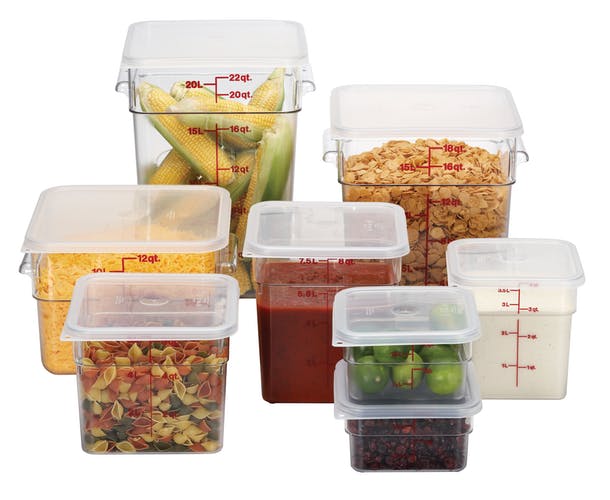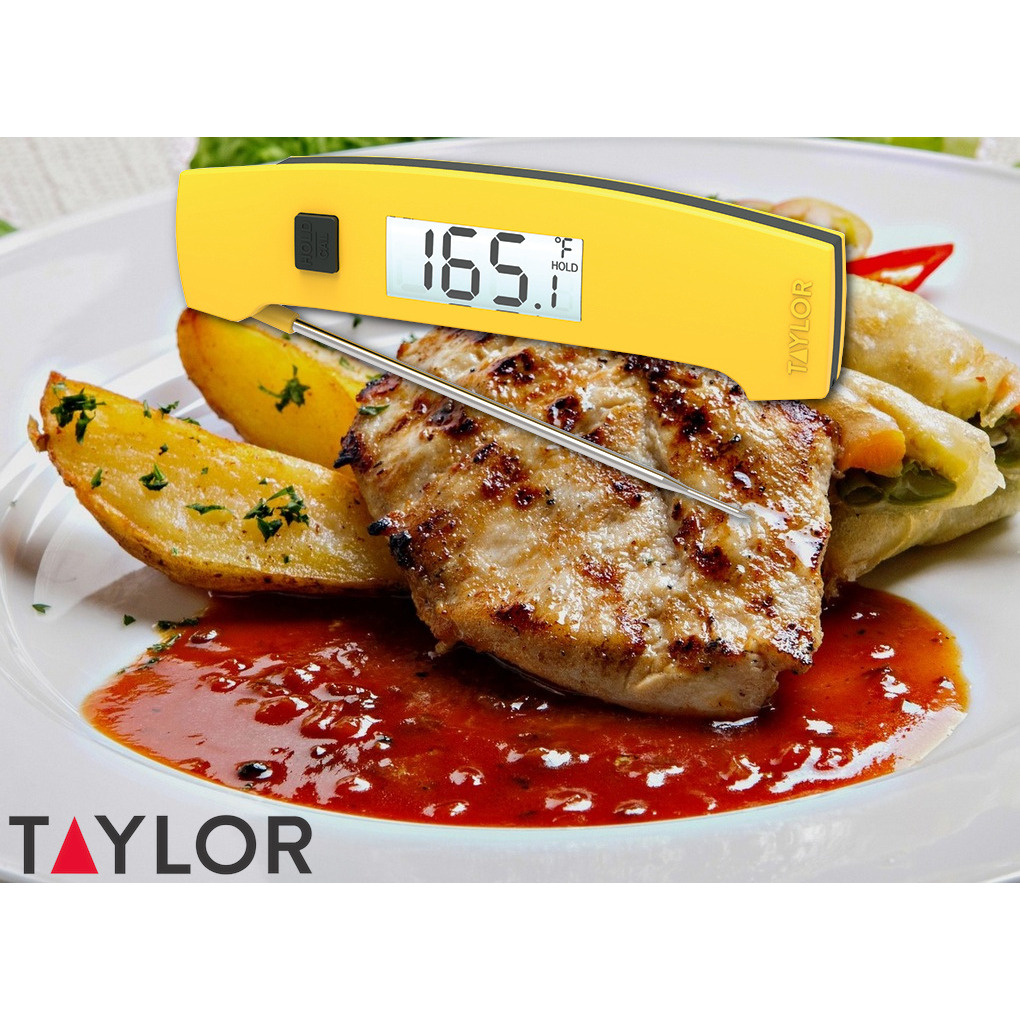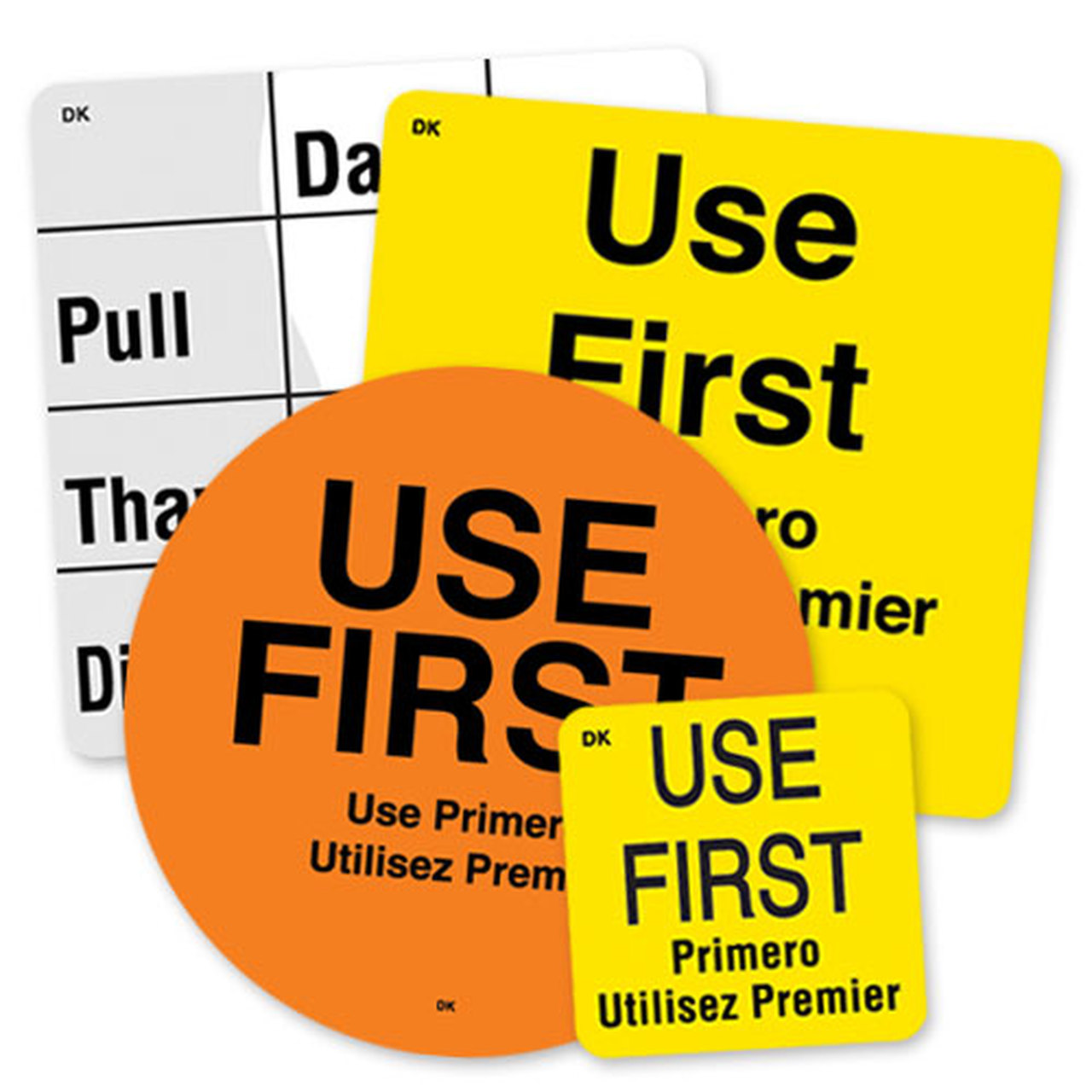Food safety, now more than ever, is essential to remain a successful foodservice operation. This is a time of great uncertainty and many foodservice operators are being forced to come up with alternative solutions to operating their establishments. In times such as these, an effort must be made to preserve food and reduce waste to maximize resources. Properly storing and preserving food reduces food waste and extends shelf life. In this blog, we will be discussing six ways to properly store and preserve food.

1. Store Food in Air-Tight Containers
Food from the moment it is exposed to air begins to spoil. It is important to decrease food waste and increase the shelf-life of food to store food in an air-tight container. While you can use food pans and lids, clear food storage boxes are recommended as they allow you to see exactly what food is inside. If you don’t use a clear container, be sure to label it to maintain both food safety and efficiency in your kitchen. Another great option to keep food safe is through vacuum sealing. Vacuum sealing reduces food waste and extends shelf life by eliminating freezer burn and helping to protect food from microorganisms.
2. Don’t Overload Storage Spaces
One way to make sure your freezers and refrigerators maintain safe temperatures are to avoid overloading them with too many foods. Crowded shelves cause the refrigerator to work harder to keep the temperature low. This can cause certain areas to receive less cool air or your refrigerator to completely stop working- both of which create unsafe cool storage conditions for your food.

3. Temperature Control
Refrigerators and freezer’s main function is to keep foods safe for consumption. While typically refrigeration equipment operates as it should, food only remains safe if the equipment is producing the right temperature. Foodservice establishments must get in the habit of checking refrigeration thermometers regularly to make sure proper temperatures are being maintained.
Depending on what you store, temperatures may range from freezing to 140° F to maintain food safety. Maintain dry storage temperatures between 50° and 70° F. Freezers must keep food frozen solid with an internal temperature of 0° F at most. Keep temperatures between 32° and 40° F in refrigeration units to prevent bacterial growth. Hot storage must keep food at a minimum of 140° F.
These temperature ranges are critical to prevent food poisoning. Track temperatures and discard any food stored at the wrong temperature. Consider installing alarms tied to the thermometers in your storage units to alert your employees of critical temperature changes that could affect food safety and quality.
4. Clean. Clean. Clean
Food should be kept off the floor and properly stored on food-safe shelving units. This prevents bacteria growth from food spills or dirt on the floor. Shelving should be kept clean and properly organized. Keeping your kitchen clean will keep away dust, bacteria, and dirt.

5. Proper Labeling
As mentioned previously, labeling food products is incredibly important so that you can keep track of when food was opened and when it should be used by. A great way to increase cost-effectiveness is to reduce food waste. It’s also important to label unopened food so that you can track when you need to open it and use it to increase food safety. Labels are an easy and efficient way to quickly take inventory of what needs to be used. This can then be communicated to chefs and to purchasing departments so that you are not under or overstocked on any food products. As always, if food is unlabeled and you are unsure of its condition- throw it away. It’s better to be safe than sorry.
6. Rotate Stock
It’s incredibly important to keep track of what foods are coming into and out of your foodservice establishment. Although this seems like common sense, with new foods constantly entering and exiting an establishment, having a trackable, efficient and effective method for tracking food is essential to keep up with food safety regulations. Commonly known as FIFO, this rule helps ensure both the safety and quality of your food. Whatever food is first taken in, should be the food first used. This makes sure food waste is reduced, food preparation stays safe, and establishments have an accurate count of products on hand.

